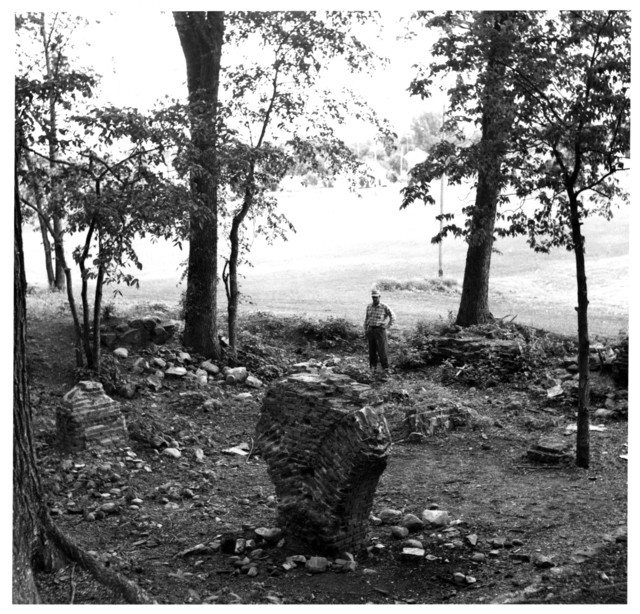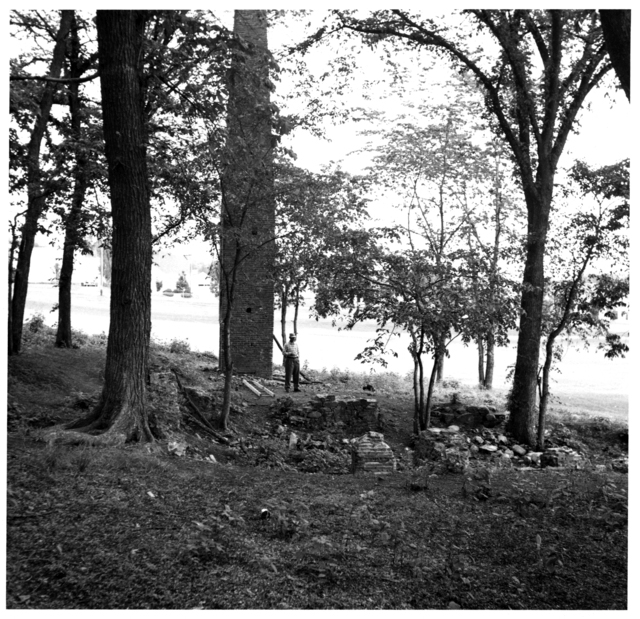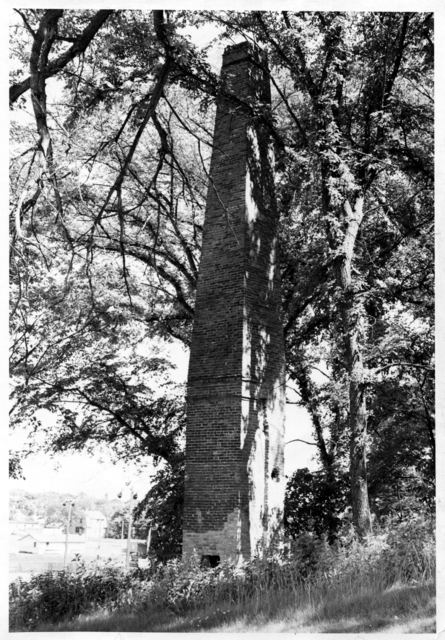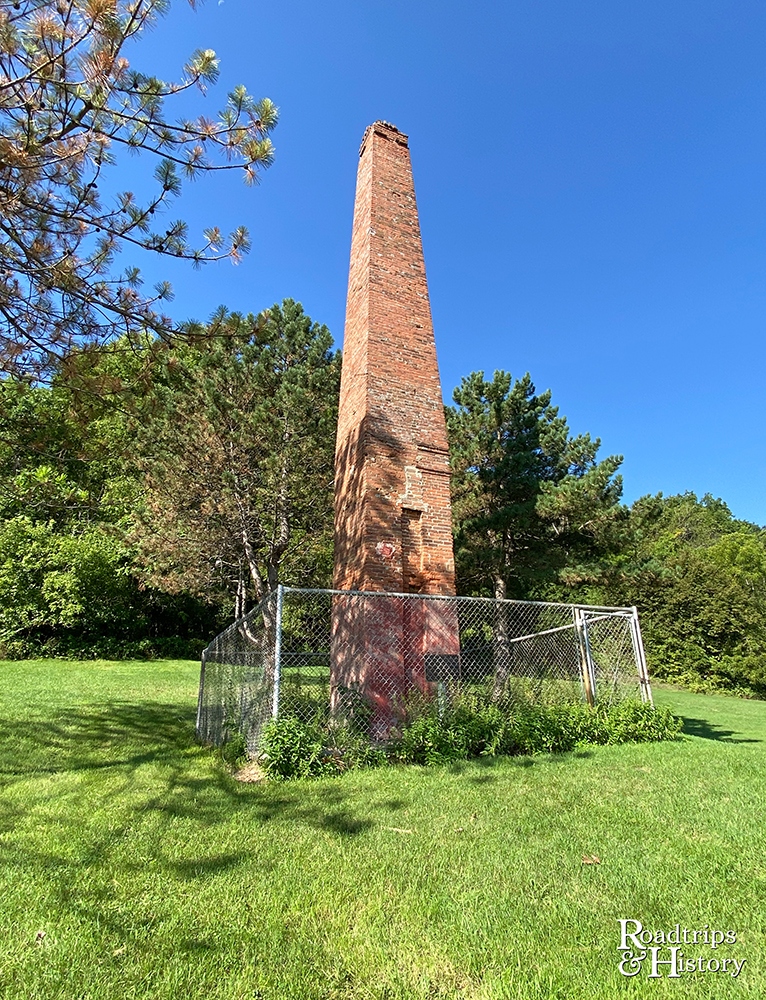Harry A. Subilia was an Italian immigrant who opened the first distillery in New Ulm, Minnesota. He built the distillery at the base of the hill that is now home to Hermann the German. He named it Waraju – a heavily-anglicized version of the Dakota word for the majestic cottonwood tree, wa¥açaå. The distillery opened on April 6, 1861, joining the six local breweries in putting out hooch for the masses.
The steam-powered building was impressive for its time – 72-by-46-feet with a base that reportedly used 200,000 bricks. It processed 100 bushels of grain per day into whiskey, bitters, and punch extract. Farmers often exchanged corn, barley, rye, and firewood for bottles of the finished product.


With its location outside of the central business district, it became one of the first businesses destroyed during the onset of the U.S.-Dakota War of 1862. When the smoke cleared, Harry found the distillery building had been severely damaged. What remained was used as a temporary grain mill for a few years. The Waraju Distillery went out of business, and the ruins and surrounding land were sold in 1866. Harry stayed in town, living in a home at Fifth and South Minnesota Street for many years.


The remains of the building sat abandoned at the base of the hill for decades. The chimney and the building’s foundation were all that remained by the middle of the twentieth century. In 1960, the New Ulm City Council wanted to raze the chimney that had become a beacon for vandals. It was saved by a group of citizen preservationists who added a fence around it and a plaque explaining its importance.
The building’s visible foundations were covered in the 1960s, creating a noticeable incline as you approach the old chimney. It can still be seen at the base of the hill in Harman Park.
